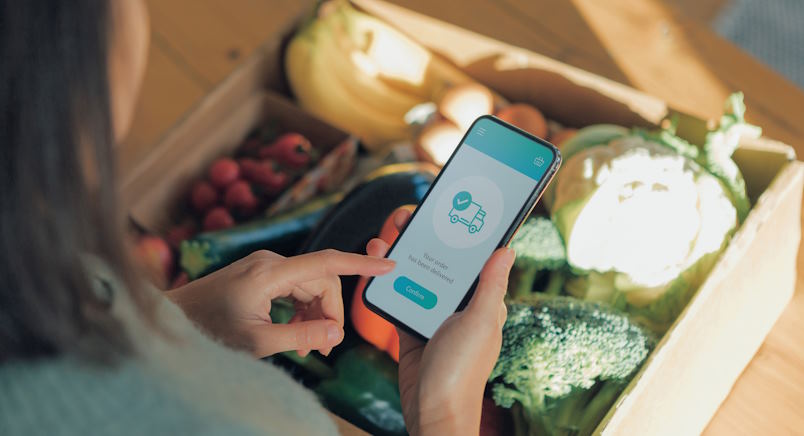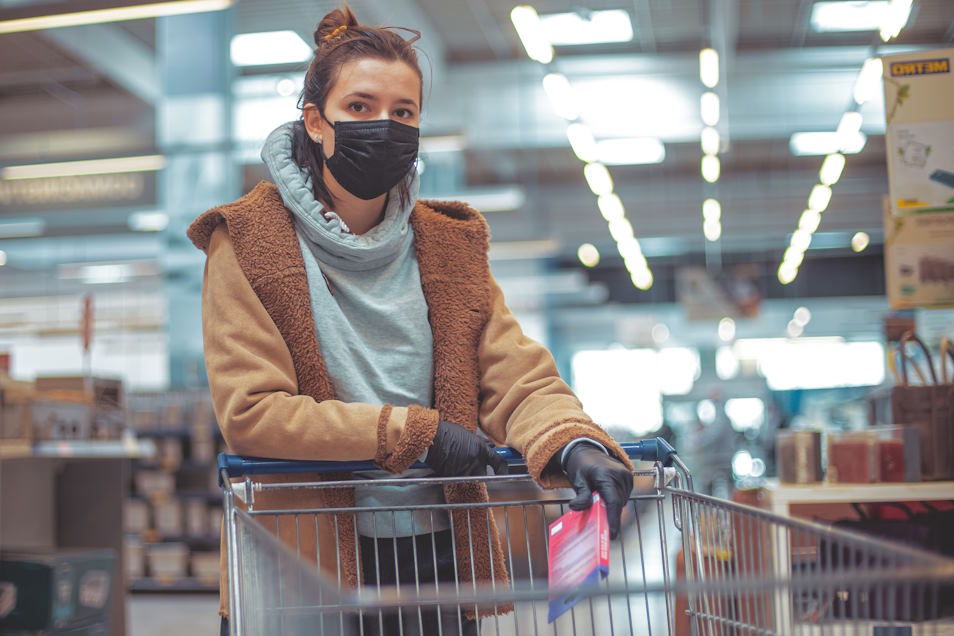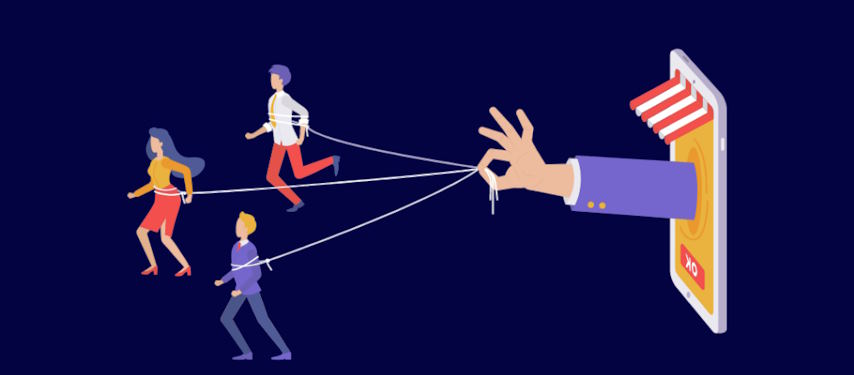
The COVID-19 pandemic has been an unprecedented global event that has shaken economies and societies to their core. Beyond the immediate health crisis, the pandemic triggered a profound transformation in consumer behavior, reshaping how people spend, save, and invest their money. With lockdowns, social distancing measures, and economic uncertainties becoming the new norm, consumers rapidly adapted to a new way of life, leading to drastic changes in their purchasing patterns and preferences.
Shifts in Spending Patterns
Surge in Demand for Essential Goods and Services
The outbreak of the COVID-19 pandemic brought about an unprecedented surge in demand for essential goods and services. As the virus spread and governments imposed lockdowns and restrictions, consumers rushed to stock up on groceries, household essentials, and healthcare products. Panic-buying led to temporary shortages of certain items, highlighting the significance of these products in our daily lives. Moreover, the increased focus on health and hygiene during the pandemic resulted in a rise in demand for personal protective equipment (PPE) and sanitization products. This shift in spending not only impacted consumer behavior but also placed immense pressure on supply chains to adapt to the sudden changes.
Decline in Non-Essential Spending
Conversely, the pandemic saw a significant decline in non-essential spending as travel plans were canceled, leisure activities were restricted, and consumers tightened their belts amid financial uncertainties. Luxury items, such as high-end fashion and accessories, experienced a sharp decrease in demand as people prioritized saving over indulgence. Restaurants, bars, and entertainment venues suffered as people practiced social distancing and opted for home-cooked meals and online entertainment. This shift in spending had a profound effect on industries that heavily relied on discretionary income, leading to temporary closures and job losses in certain sectors.

The Reshaping of Retail
Challenges Faced by Brick-and-Mortar Retailers and Their Responses
The COVID-19 pandemic delivered a harsh blow to brick-and-mortar retailers, forcing them to confront unprecedented challenges. With widespread lockdowns and social distancing measures, foot traffic in physical stores plummeted, leading to a sharp decline in sales. Many retailers faced the difficult decision of temporarily closing their doors to safeguard public health, which further impacted their revenue streams. However, amidst these challenges, resilient retailers adapted to the situation by swiftly embracing e-commerce solutions, offering online ordering, and implementing contactless pickup options. Some even diversified their product offerings to cater to the new demands arising from the pandemic. Though the road to recovery has been arduous, these responses have proven essential for brick-and-mortar retailers to remain connected to their customers and navigate the changing retail landscape.
Surge in Popularity of Contactless Payments and the Decline of Cash Transactions
The fear of virus transmission through physical contact prompted a remarkable surge in the popularity of contactless payments during the pandemic. Customers sought safer alternatives to cash transactions, and retailers swiftly responded by adopting contactless payment options. Whether through tap-and-go credit cards or mobile payment apps, contactless transactions provided a hygienic and efficient shopping experience. As a result, the use of cash significantly declined, with many establishments encouraging electronic payments. This shift not only accelerated the digitalization of retail but also signaled a potential long-term transformation in the way consumers handle transactions, ushering in a new era of seamless and secure payment methods.

The Emotional Aspect of Consumer Behavior
Psychological Factors Influencing Consumer Behavior During the Pandemic
The COVID-19 pandemic triggered a whirlwind of emotions across the globe, and these emotions significantly influenced consumer behavior. As people grappled with fear, uncertainty, and stress, their buying decisions were shaped by a complex web of psychological factors. One such factor was the need for a sense of control amid chaotic circumstances. Consumers sought products and services that provided a feeling of security and stability, leading to increased demand for essential items and health-related products. Moreover, the psychological phenomenon of social proof played a crucial role in consumer behavior during the pandemic. The fear of missing out and the desire to conform to societal norms drove people to make certain purchases, such as stockpiling goods or investing in trending products. Understanding these underlying psychological factors allowed businesses to tailor their marketing strategies and offerings to resonate with consumers on a deeper level.
How Fear, Uncertainty, and Changing Priorities Affected Buying Decisions
Fear of the unknown and uncertainties about the future profoundly impacted consumer buying decisions during the pandemic. The fear of contracting the virus led consumers to prioritize health and hygiene, resulting in a surge in demand for masks, sanitizers, and health supplements. Uncertainty surrounding job security and financial stability led to a more cautious approach towards spending, with consumers cutting back on non-essential purchases. Additionally, changing priorities became evident as consumers reassessed their values and lifestyles. Sustainability, community support, and ethical considerations gained prominence in buying decisions, prompting brands to align with these evolving consumer values. Acknowledging and empathizing with consumers’ emotions and shifting priorities became essential for businesses aiming to remain relevant and build lasting connections.

